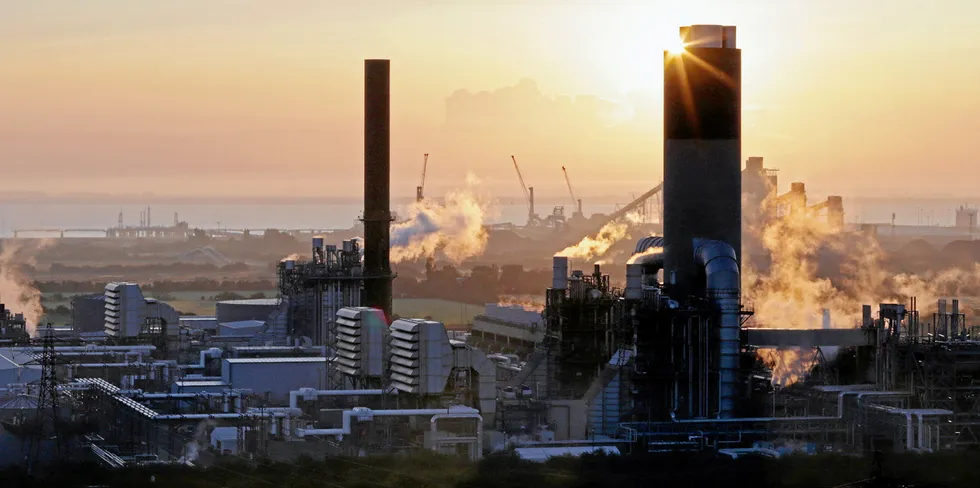‘Yes, our blue hydrogen project will increase electricity costs and fossil gas use, but society will benefit’
Air Products plans 800MW of blue H2 production in northeast England for power production at existing gas-fired plant

Air Products plans 800MW of blue H2 production in northeast England for power production at existing gas-fired plant
